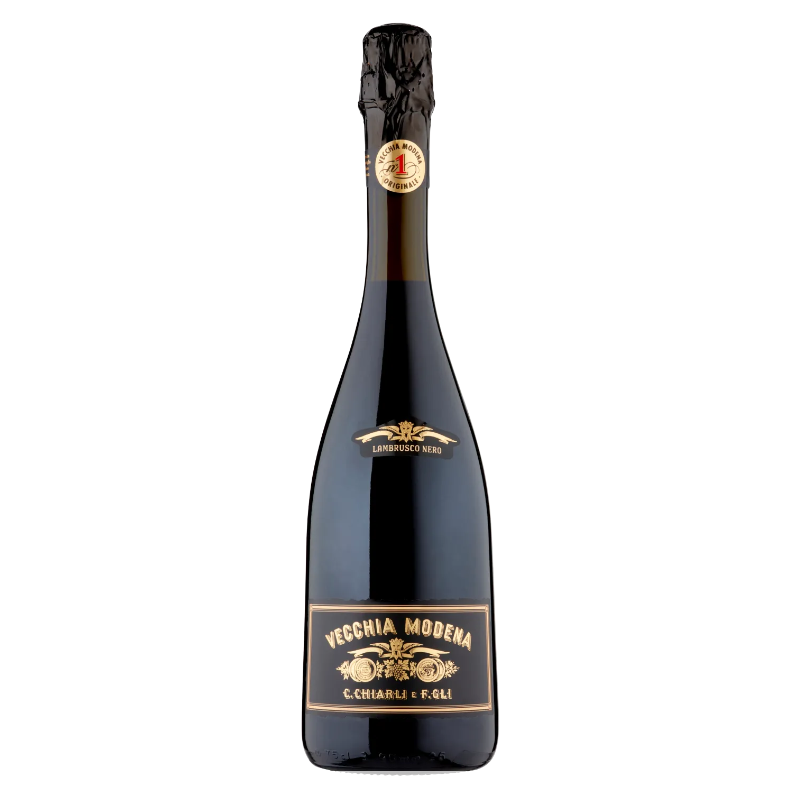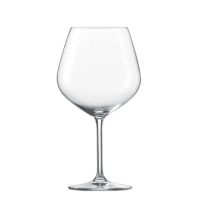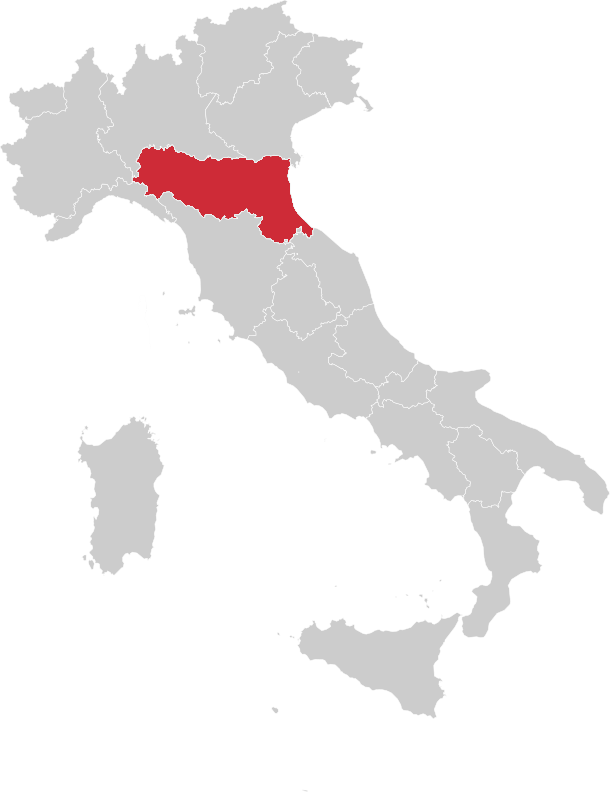




Sparkling red wine
 Safety policies
Safety policies
All communications through the site are encrypted with SSL certificate.
 Policies for shipments
Policies for shipments
You can choose the courier according to preferences and timing. Each shipment is insured.
Format
Service
Degrees
Type
Color
Lambrusco looks like sparkling or sparkling wine. We will use medium -sized glasses with fairly large light to allow the spread of perfumes, limiting the use of flute to only sweet sparkling wines possibly combined with desserts. The ideal tasting temperature varies from 6 to 8 ° C. Gustal exam on the palate, the Lambrusco is fresh and savory, of medium body. The alcoholic content is usually modest or in any case not high, the tannic plot is present but never intrusive. The dry versions tend to accentuate tannin and flavor in combination with the effect of the effectiveness and low service temperatures. The Amabili and Sweet versions are more harmonious and better drinking even without dishes in accompaniment. The persistence, usually good, proposes memories of the same fruity and spicy notes perceived to the nose. The Sorbara structure is delicate, but is accompanied by an acidity is decided, almost sharp. Grasparossa is a more rough, tannic and much less acidic wine, while salami is recognized for its precise tannins, less intense than grasipaross, but with more acidity, even if not as marked as in Sorbara. Salamino is the most balanced of the Lambruschi, the first to taste and then move on to the two extremes. Lambrusco Maestri and Marani are darker, tannic and acids, of greater structure. The combination with food the tasteless freshness, tannin and effervescence that characterize Lambrusco make it suitable for the combination with dishes of good succulence and tendentially fat. The accompaniment to the smoking dishes of the Emilia-Romagna tradition such as cotechino, the zampone with lentils, read and the numerous cured meats of this region is unmissable. A graspaross can also be combined with meat and pasta with ragù, while a Sorbara can approach lake fish and fish broths.
Lambrusco looks like sparkling or sparkling wine. We will use medium -sized glasses with fairly large light to allow the spread of perfumes, limiting the use of flute to only sweet sparkling wines possibly combined with desserts. The ideal tasting temperature varies from 6 to 8 ° C. Gustatory examination On the palate the Lambrusco is fresh and savory, of medium body. The alcoholic content is usually modest or in any case not high, the tannic plot is present but never intrusive. The dry versions tend to accentuate tannin and flavor in combination with the effect of the effectiveness and low service temperatures. The Amabili and Sweet versions are more harmonious and better drinking even without dishes in accompaniment. The persistence, usually good, proposes memories of the same fruity and spicy notes perceived to the nose. The Sorbara structure is delicate, but is accompanied by an acidity is decided, almost sharp. Grasparossa is a more rough, tannic and much less acidic wine, while salami is recognized for its precise tannins, less intense than grasipaross, but with more acidity, even if not as marked as in Sorbara. Salamino is the most balanced of the Lambruschi, the first to taste and then move on to the two extremes. Lambrusco Maestri and Marani are darker, tannic and acids, of greater structure. Combination with food The taste freshness, tannin and effervescence that characterize Lambrusco make it suitable for the combination with dishes of good succulence and tendentially fat. The accompaniment to the smoking dishes of the Emilia-Romagna tradition such as cotechino, the zampone with lentils, read and the numerous cured meats of this region is unmissable. A graspaross can also be combined with meat and pasta with ragù, while a Sorbara can approach lake fish and fish broths.




The wine, for its history, for its countless diversity, for its facets and traditions is certainly culture. Often, however, we drink for pure pleasure, without analyzing the contents of the glass on punctually, letting us go to the pleasure of the palate. And so from our wine we expect pleasantness, cleanliness, freshness, because there is sincere companion. Since 1860 Chiarli has produced these wines, where quality is within everyone's reach every day. Always attentive to the evolution of the market and the tastes of consumers, Chiarli dedicates all energy to enhance their wines and make them winning in the quality/price ratio. Today in the Chiarli cellars a complete range of quality wines is produced that can satisfy the most diverse tastes, in every part of the world. The Martinotti-Charmat method, now simply called Charmat method, is universally considered as revolutionary innovation in the world of sparkling and sparkling wines. In the distant 1895 Federico Martinotti patented the method, while Eugéne Charmat, in 1910, built and obviously patented the necessary equipment. It will still take many years to make this method popular, at least until the second post -war period, when some Italian companies began to equip themselves with the new steel containers with a pressure seal called autoclaves in Emilia Romagna the Charmat method was introduced by Chiarli in the 1950s of the last century. Until then, the production of sparkling and sparkling wines was essentially entrusted to the classic method or fermentation in the bottle, what we call today "ancestral method". We cultivate our history. A story that is made of simplicity, genuineness, land and sun, care and passion. And of smiles, open faces, hands that tighten, tables that celebrate. We are so, as you see us. Sincere. Always, Galassi is the best -selling Sangiovese DOC in Italy. Thanks also to the television campaigns entered the history of Italian advertising and the collective imagination. New identity. The new visual identity of our wines is also mirrored into history. It is inspired by the mosaic "The triumph of Dionysus", dating back to the third century AD. It is kept at the Archaeological Museum of Sarsina, a symbol of Romagna and Italian culture. The mosaic, dating back to the third century. D.C., Dionysus represents on a wagon pulled by tigers and ruled by Pan and a satyr. Flowers, animals, and characters from the circle of Dionysus are represented. Each of these elements is now reported on our labels. Because history is memory. And in our case, also a reminder. We know our ber wines for ber we are a large group of families of associated wine growers and cultivate our vineyards with great passion. We produce D.O.C. and I.G.T. of Emilia Romagna and collaborate with other winemakers of the Italian territory, who together with us share love for the earth and for the work of the vineyard, to obtain the best wine productions in our country. We have great respect for the territory where we work, for the environment that surrounds us and that allows us to produce excellent quality wines.
Data sheet
Brand: Cantine Riunite
Brand: Barilla
Brand: Barilla
Brand: Barilla
Reference: 8005110515002
Brand: Mutti

Sparkling red wine
check_circle
check_circle